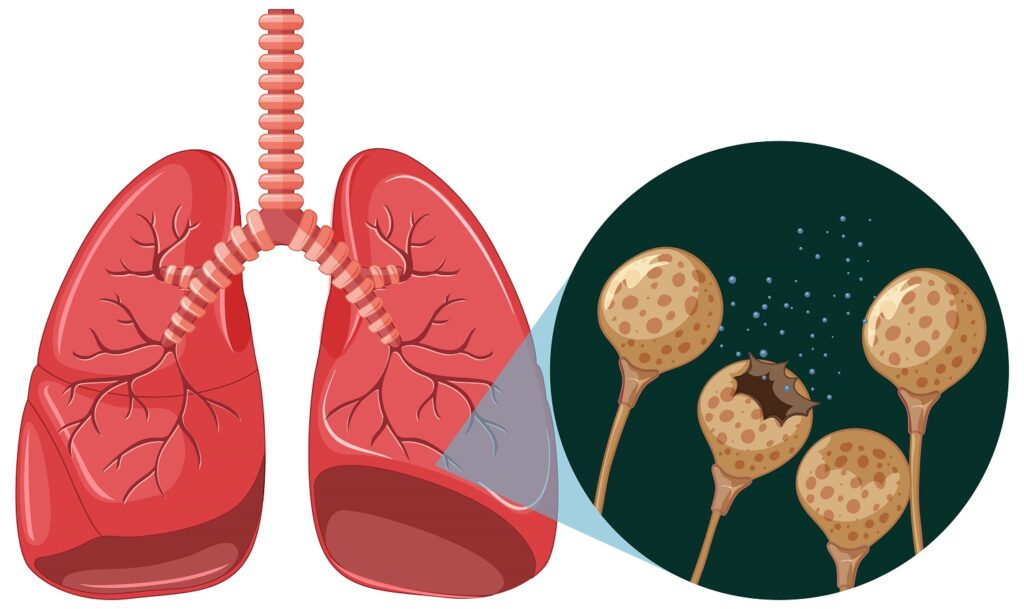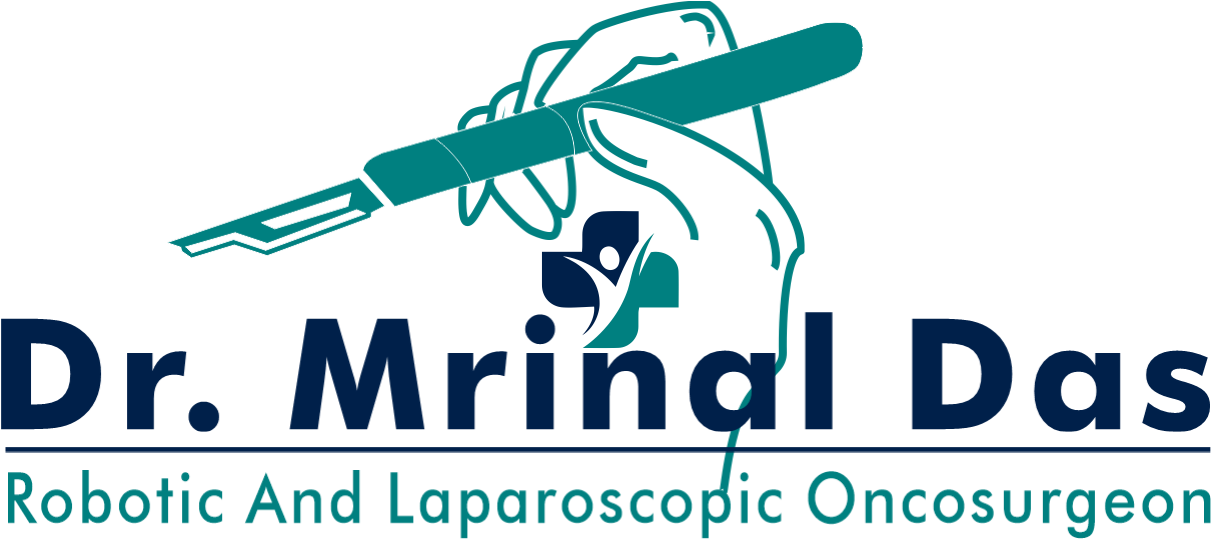
Finding a mass in the lung or chest area—whether on a scan or due to symptoms—can be distressing. While not all masses are cancerous, they must be thoroughly evaluated, as early detection plays a critical role in managing lung cancer and other thoracic conditions.
This blog offers a clear overview of lung and chest masses, including their types, causes, symptoms, when to worry, and how they are treated.
🫁 What Are Lung & Chest Masses?
A chest mass refers to any abnormal tissue growth in the lungs, mediastinum (space between lungs), or chest wall. It may be:
- Benign (non-cancerous) – Such as cysts, infections, or benign tumors
- Malignant (cancerous) – Such as lung cancer or lymphomas
- Primary (originating in the chest/lungs) or secondary (spread from other body parts)
Lung masses are typically greater than 3 cm, whereas smaller nodules (under 3 cm) may also need monitoring.
⚠️ Possible Causes of Chest & Lung Masses
✅ Benign Causes:
- Infectious granulomas (e.g., tuberculosis, fungal infections)
- Hamartomas – Common benign lung tumors
- Bronchogenic cysts – Congenital fluid-filled masses
- Inflammatory masses from pneumonia or autoimmune diseases
- Fibromas or lipomas of the chest wall
❗ Malignant Causes:
- Non-small cell lung cancer (NSCLC) – Most common lung cancer type
- Small cell lung cancer (SCLC) – More aggressive and fast-growing
- Mesothelioma – Cancer linked to asbestos exposure
- Lymphoma – Cancer of lymphatic tissue
- Metastatic tumors – Spread from breast, colon, kidney, etc.
🚨 Warning Signs & Symptoms
Many chest or lung masses may be asymptomatic early on, but watch for:
- Persistent cough or worsening of chronic cough
- Coughing up blood (hemoptysis)
- Chest pain or pressure
- Shortness of breath or wheezing
- Unexplained weight loss or fatigue
- Recurring respiratory infections
- Voice changes or hoarseness
- Swelling in the neck or face (superior vena cava syndrome)
🧪 Diagnosis: What Tests Are Done?
If a chest or lung mass is suspected, your doctor may order:
- Chest X-ray – First-line test for visible lung abnormalities
- CT scan or MRI – Detailed imaging to assess size and nature
- PET scan – Detects metabolic activity and spread
- Bronchoscopy – To view airways and collect biopsy samples
- Needle biopsy or surgical biopsy – To confirm the diagnosis
- Sputum cytology – Examination of mucus for cancer cells
🩺 Treatment Options
Management depends on whether the mass is benign or malignant:
- Observation – For small, stable benign nodules
- Surgery – To remove tumors or affected lung segments
- Chemotherapy or radiation therapy – For cancer treatment
- Targeted therapy or immunotherapy – For specific types of lung cancer
- Palliative care – To relieve symptoms in advanced cases
📞 When Should You See a Doctor?
Contact your healthcare provider if you experience:
- A persistent or worsening cough
- Chest pain or difficulty breathing
- Coughing up blood
- Unexplained weight loss
- Abnormal chest X-ray or CT scan results
❓ FAQs
Is every lung mass cancer?
No, many are benign, but all masses require evaluation.
How quickly should a lung mass be investigated?
Promptly—especially if you have risk factors like smoking, family history, or symptoms.
Can benign lung masses turn into cancer?
Very rarely. However, some precancerous lesions need close monitoring.
✅ Final Thoughts
A chest or lung mass doesn’t always mean cancer, but it’s something you should never ignore. Timely imaging, diagnosis, and—if needed—treatment can dramatically improve outcomes, especially in lung cancer where early detection is crucial.
lung mass causes, chest tumor symptoms, benign lung nodules, lung cancer signs, when to worry about chest mass, lung nodule CT scan, thoracic mass diagnosis, chest mass treatment, cough and chest pain, lung biopsy
